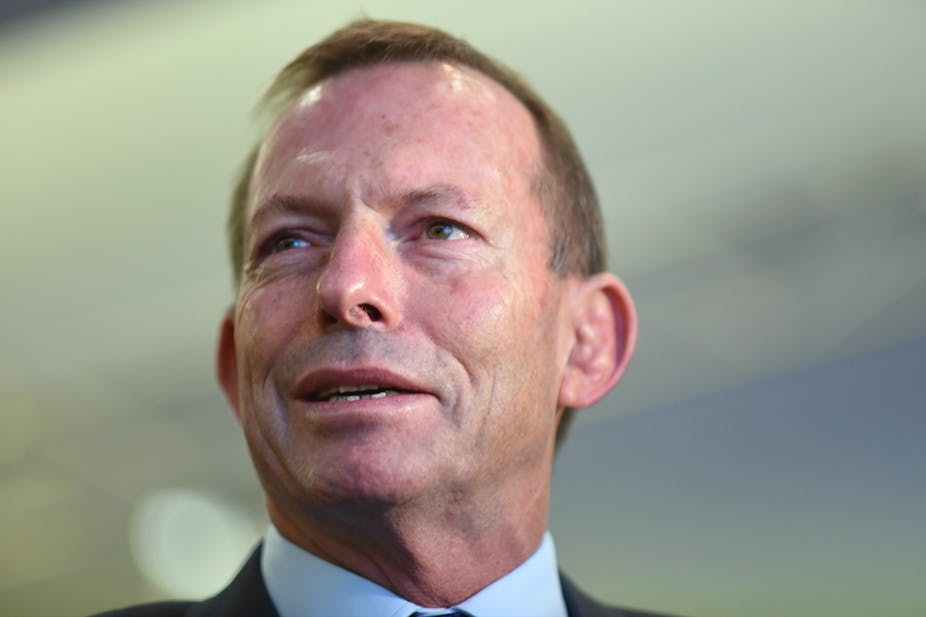A recent ABC Four Corners program once again put the spotlight on the “cold war” in the New South Wales branch of the Liberal Party over internal party democracy.
The conflict is not just a dispute over internal party processes. It is also driven by the NSW branch’s decades-long factional conflict. The dispute’s origins can be traced back to the late 1960s and, without too much effort, back to the party’s formulation out of the ashes of the United Australia Party in the 1940s.
What’s holding back reform?
The NSW branch has three factions: the moderates, the right and the hard right.
In the late 1960s, groups of religious conservatives and advocates of “captive nations” (countries behind the Iron Curtain) organised into a faction known as “The Uglies”. Their aim was to gain more influence within the Liberal Party by creating new branches in Sydney’s west.
The right (then just one faction) were pushing a radical brand of conservative politics compared to the social liberalism dominating the party at the time.
By the late 1970s, the right faction had established enough power to start becoming a force within the party. Disputes over claims of branch-stacking and intimidation became ever more frequent – so much so that by the mid-1980s the moderates responded by forming a faction known as “The Group”.
The Group saw the rise of the right as a danger to the party’s integrity. Its organisation was focused on controlling the state executive and preselections, rather than on ideological issues. This way, there would be less chance for them to disagree.
The Group was highly successful until the mid-2000s, when the right finally broke its hegemony. Yet, soon after, the right faction split into two groups (the right and the hard right). The more centrist of the two was more inclined to do deals with the moderate faction to lock out the hard right. See, for example, the deal to deny Bronwyn Bishop preselection in 2016.
It is in this context that calls for democratic reform are resisted within the NSW branch. Liberal Party membership is now very small compared to the time the party’s institutions were designed, which makes the party vulnerable to branch-stacking and other attempts to gain control of the political organisation.
More recently, debate over perceptions of conflict of interest of state council members who are also lobbyists has emerged.
There are long-standing problems with democratic participation within the NSW branch. Allowing greater democracy in the party, through changes to preselections and broader membership categories as recommended by previous reviews, would empower the membership.
The membership is locked out by the factions’ dominance of decision-making bodies. But giving members a greater say would upset the current power balance within the party because the membership base is more conservatively inclined than many of the party’s elites.
This disjuncture is an important driver of resistance to reforms. But given the conflict’s factional nature, it is likely that were the roles reversed, the situation would be the same.
Preselection models
The major parties’ preselection models for choosing candidates for election come out of the days of “mass party” memberships. In the Australian context, most parties have advocated a move to primaries as a way to reinvigorate their flagging membership bases.
Labor has trialled community preselection in Victoria and, more recently, in NSW with mixed results. On the basis of these trials, federal Labor leader Bill Shorten has called on the party to extend this method to seats it doesn’t already hold. However, Labor’s state branches rejected similar calls by Julia Gillard in the lead-up to the 2013 election.
Several Liberal Party reviews have also recommended the use of primaries. The Reith report in 2010 recommended primaries as a way of helping to deal with the problems of branch-stacking and promoting organisational renewal through increased and more meaningful participation by members.
The Nationals have experimented with primaries in regional seats. Again, the rationale was based on reviving membership numbers and inclusivity.
Research points to the importance of party elites in driving these pushes for reform instead of grassroots action. For party elites, primaries are a way to help reinvigorate parties, dilute the power of destructive factions and increase candidate diversity.
However, other research suggests different considerations are at play. Trialling primaries are good public-relations exercises for parties and – in the case of the Nationals – a way to challenge and ward off independent candidates. Primaries can also be rebranding exercises after scandals.
This is not just a phenomenon unique to Australia. Political parties in other Westminster countries are experimenting with primaries for similar reasons. But preselection is not the only way to encourage people to be involved in politics. Globally, other parties are experimenting with supporters’ networks.
As the changing nature of political participation presents increasing challenges for parties, we are likely to see more experimentation with new forms of participation, not less.

